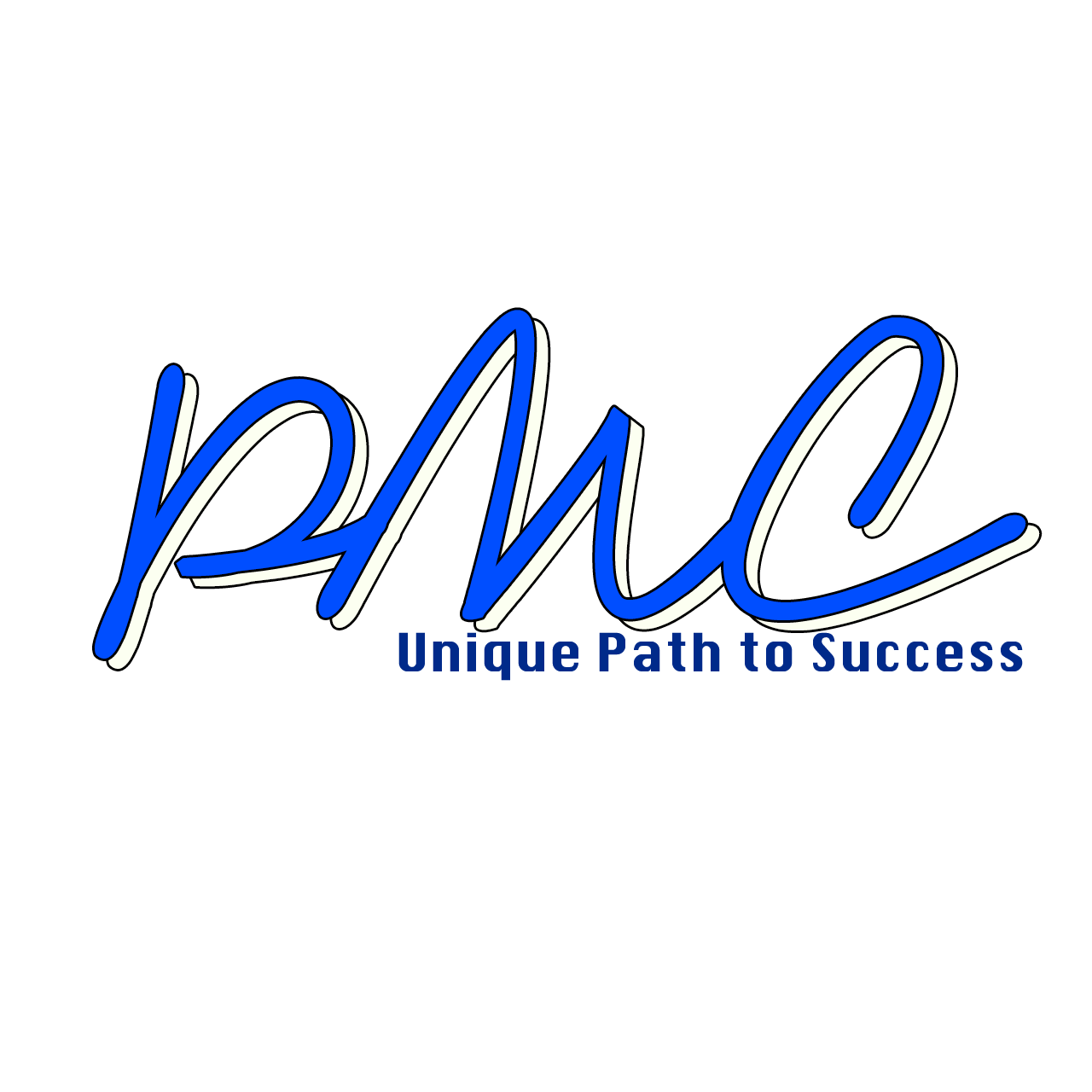Non-Ferrous Metals in Construction
Non-ferrous metals are metals that do not contain iron. They are often used in the construction industry because they offer a number of advantages over ferrous metals (metals that contain iron).
Advantages of Non-Ferrous Metals
- Lightweight: Non-ferrous metals are typically lighter than ferrous metals, which can make them a better choice for construction applications where weight is a concern. For example, aluminum is often used for roofing and siding because it is lightweight and strong.
- Strong: Non-ferrous metals can be very strong, even though they are lightweight. For example, copper is often used for electrical wiring because it is strong and conductive.
- Corrosion-resistant: Non-ferrous metals are often more corrosion-resistant than ferrous metals. This is because they do not contain iron, which is a reactive metal. For example, zinc is often used to galvanize steel, which is a process of coating steel with a thin layer of zinc to protect it from rust.
- Recyclable: Non-ferrous metals are often more recyclable than ferrous metals. This is because they are not as chemically reactive as ferrous metals, which makes them easier to recycle.
Common Non-Ferrous Metals Used in Construction
Some of the most common non-ferrous metals used in construction include:
- Aluminum: Aluminum is one of the most widely used non-ferrous metals in construction. It is lightweight, strong, and corrosion-resistant. Aluminum is often used for roofing, siding, windows, and doors.
- Copper: Copper is another popular non-ferrous metal used in construction. It is highly conductive, making it ideal for electrical wiring. Copper is also used for roofing, gutters, and downspouts.
- Zinc: Zinc is a corrosion-resistant metal that is often used to protect other metals from rust. Zinc is often used to galvanize steel, which is a process of coating steel with a thin layer of zinc.
- Lead: Lead is a heavy metal that is often used in construction for its durability and resistance to vibration. Lead is often used for roofing, soundproofing, and radiation shielding.
- Tin: Tin is a soft metal that is often used in construction for its solderability. Tin is often used to solder electrical components and to make solder.
Examples of Non-Ferrous Metals in Construction
Here are some specific examples of how non-ferrous metals are used in construction:

- Aluminum: Aluminum is used for roofing, siding, windows, and doors. It is also used in the construction of bridges, buildings, and other structures.
- Copper: Copper is used for electrical wiring, roofing, gutters, and downspouts. It is also used in the construction of pipes and other plumbing fixtures.
- Zinc: Zinc is used to galvanize steel, which is a process of coating steel with a thin layer of zinc. Galvanized steel is more resistant to rust and corrosion than ordinary steel.
- Lead: Lead is used for roofing, soundproofing, and radiation shielding. It is also used in the construction of ammunition and other military equipment.
- Tin: Tin is used to solder electrical components and to make solder. It is also used in the construction of food cans and other containers.
Conclusion
Non-ferrous metals are an important part of the construction industry. They offer a number of advantages over ferrous metals, including their lightness, strength, corrosion-resistance, and recyclability.

